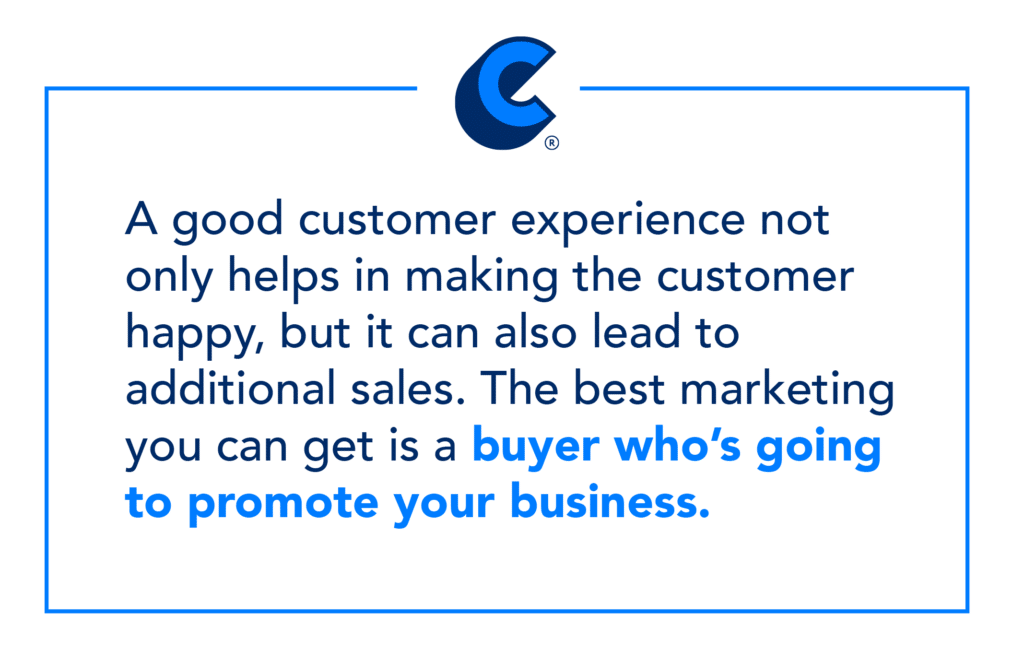It is more a science than an art to find out how much value your company provides to your customers, particularly when each move can be precisely measured. The return on investment in calculating the engagement of your customer with the purchase of your product or service is clear. But even with all the excitement around customer experience (CX), there is still uncertainty about what it is and how it can be turned into organizational performance.

Anyone who has scoped out a cell phone provider, for example, has had a tough test in trying to figure out how much it costs to carry forward minutes versus free calls within a network and how it compares with the cost of such services as push-to-talk, roaming, and texting.
Others, too, have fallen for a tempting discount offer only to find that the form they need to fill out is as detailed as a mortgage refinance. And then there are automated telephone networks in which harried users traverse a labyrinth of menus in search of a real-life human being. As a result, many consumers have lost faith in these digital surrogates.
Excessive apps, baited offers, and a lack of personal contact are all proof of indifference to what should be the first priority of a company: a quality customer experience. Unfortunately, “ingenuity” often produces customer experiences that trigger remorse and then the desire to do business elsewhere.
The customer experience includes every component of the company’s offering—the standard of customer service, but also marketing, branding, product and service functionality, ease of use, and reliability. And, few of the people responsible for these issues have been thinking seriously about how their different decisions influence customer experience.
To the degree that they think about it, they all have different ideas about what customer experience entails, and there doesn’t seem to be a consistent standard guiding everyone’s efforts. Customer service staff tend to focus on the unfolding of the transaction, but do not connect it to the ones preceding or following it.
Even then, a lot of service is redundant. Otherwise, why would the service reps ask, as they often do, “Is there anything else I can help you with?” when they haven’t even dealt with the original reason for the call or the visit?
Making sense of how much interest your company conveys to your clients is more science than craftsmanship, particularly when any progress can be measured. However, even with all the excitement that surrounds customer experience, there is still confusion about what it is and how it can be turned into organizational achievement.

A good customer experience not only helps in making the customer happy, but it can also lead to additional sales. The best marketing you can get is a buyer who’s going to promote your business.
The way you think about your customer experience has a significant impact on how you look at your organization as a whole. This is just one reason why designing and focusing on providing a great customer experience is so critical. And if you’ve constructed an imperfect customer experience, then the focus should be on how to change it and where to start.
First of all, we need to consider what customer experience is. The experience economy is front and center now. The way businesses go to market, impact their customers, and engage people throughout the consumer experience is dramatically changing.
Customer experience triumphs over everything—loyalty and dollars are now spent on experiences rather than just goods. CX has many different definitions, but it all depends on how a person feels about the experience of engaging with your products and services. Good CX is about giving every user, every digital device, and every touchstone, a meaningful, user-friendly and fun experience—in a way that satisfies the standards you have set and the commitments you have made.


